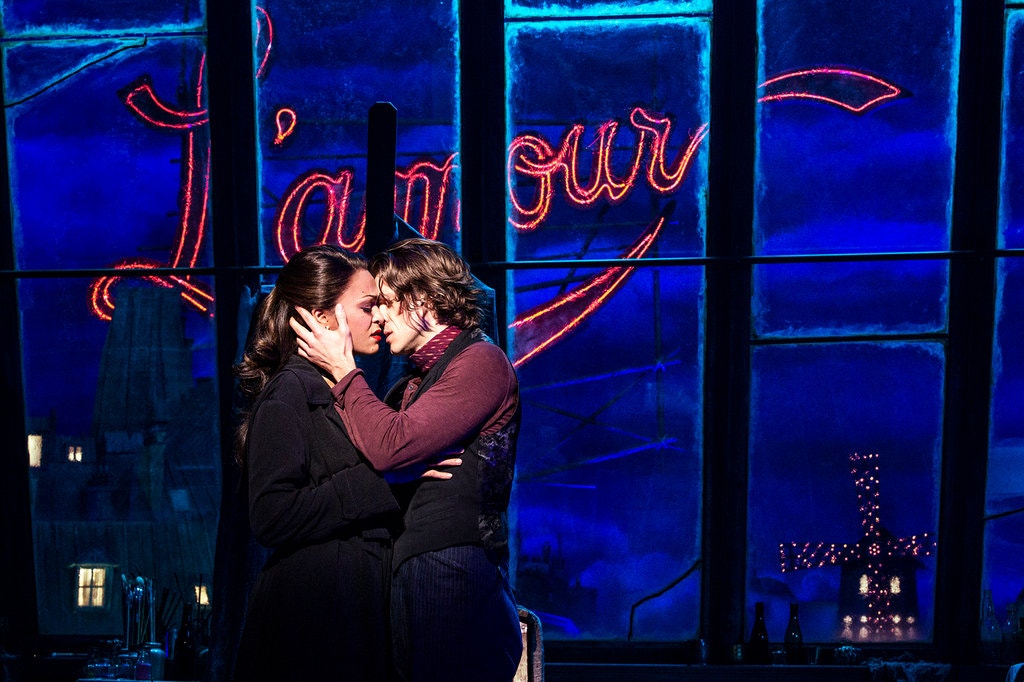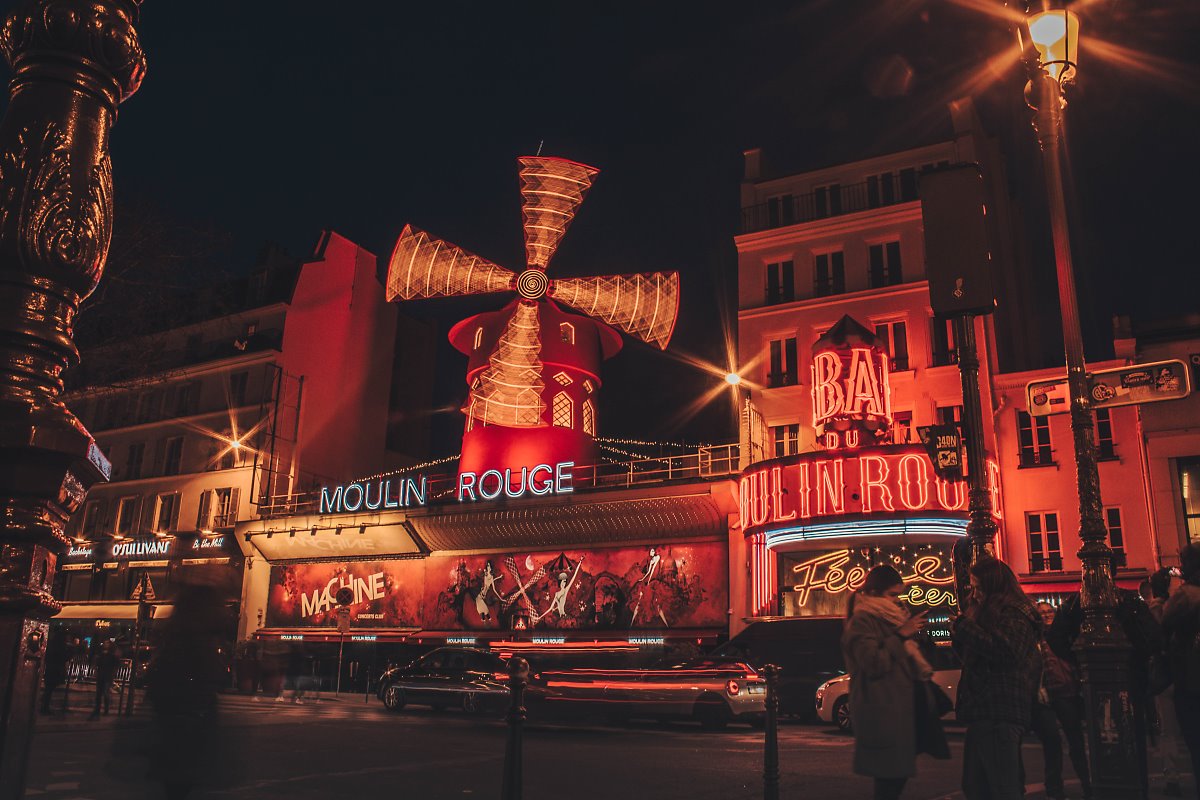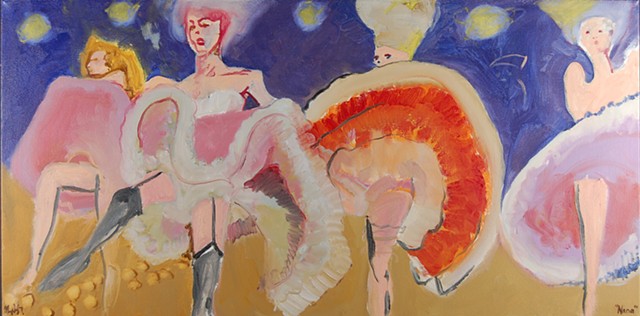Moulin Rouge! The Musical, The History You Need To Know
Written by Ember Langley
May 30, 2019
We’re less than two months away from the opening of Moulin Rouge! The Musical at Broadway’s Al Hirschfeld Theatre. This new musical, adapted from Baz Luhrmann’s popular 2001 film starring Nicole Kidman and Ewan McGregor, begins previews on June 28, with the official Broadway opening date of July 25. To celebrate, this Saturday, June 1, I’m taking over the Performer Stuff Instagram account from Paris, France! But before that, let’s talk history!
Moulin Rouge, the Musical

Starting its run at Boston’s Emerson Colonial Theatre last summer, the show is ready to take over the Great White Way by reminding the world that the greatest thing we’ll ever learn is to love and be loved in return.
Directed by two-time Tony nominee Alex Timbers, the show takes us through the journey of Christian, a young composer played by Aaron Tveit (Catch Me If You Can, Next to Normal), who falls for the star of the Moulin Rouge. Santine, played by Karen Olivo (West Side Story, In the Heights) has been promised for marriage to a Duke, in return for funding for the next production at the cabaret hall. As the two continue to secretly fall in love, Santine continues to hide a truth that will lead to tragic heartbreak for many.
Moulin Rouge! The Musical sets four words as the theme of the evening: Truth, Beauty, Freedom, and Love. These words directly relate to the history of the real-life Moulin Rouge in Paris, France.
The Windmill

If you’ve ever seen a photo of the Moulin Rouge, you know that the famous Parisian cabaret is recognized by the red windmill. First, ‘moulin rouge’ literally translates to “red mill.” When being constructed by Joseph Oller in 1889, Oller decided to pay tribute to Montmartre’s history, which was a village outside of Paris known for windmills. This quarter of Paris used the mills to grind wheat and even press grapes for wine.
This is where the tribute gets a bit dark. In 1809, there were only two windmills left standing in Montmartre: the Blute-Fin and the Radet. During the same year, a family by the name of Debray acquired the mills and started using them for both flour production and crushing onions and spices.
Flash forward to 1814 with the War of the Sixth Coalition taking place in Paris (note: this was the same war that exiled Napoleon Bonaparte to Elba). Russian Cossacks attacked the village of Montmartre. During the battle, three of the Debray men lost their lives. The Cossacks then nailed one of the brothers to his windmill, hence… A red windmill. Gruesome.
With one Debray brother left, he took the two windmills and turned them into what was called a guingette, which were known to be establishments where farmers could get together and have a drink for a very cheap price. Later on, the area became known for cheap wine and dancing, and would be called ‘Le Moulin de la Galette.’ This was the go-to place for artists like Van Gogh, Picasso, and Renoir, who also resided in the village.
The Can-Can

With the Montmartre area of Paris being known over time for being a ‘red light district’ — the popular French phrase ‘entrer comme dans un moulin’ which means to enter a place freely. Everyone is welcome at the Moulin Rouge, just like the show says.
The can-can originally created a scandal, as the red light district label was placed on the area. This scandal was most likely because the women dancing wore ‘pantalettes’ that had an open crotch, which means that the famous high leg-kick used in the dance, could potentially be too revealing.
The French can-can dance continued to become more and more popular, with royalty coming from all over the world to see the show and spectacle. While the move is incredibly impressive because of the intensity of the high leg-kick, it was also used as a way for the female dancers to show warning to any man taking unwanted liberties while they were dancing. In other cases, the famous high leg-kick was used as a trick, or bet, where the dancer would promise she could remove a man’s hat while never using her hands.
Which brings us back to Montmartre in Paris, at the turn of the 20th century, where Moulin Rouge! The Musical takes place. Artists, just like Christian, traveled to discover the life and be inspired by the bohemians residing in the area, living with the mentality of those before them that carried truth, beauty, freedom, and love in their spirit. Montmartre was, and is still known to be a true melting pot for artists who stroll the hilly, cobblestone streets.
Want to check out the real-life Montmartre area and the Moulin Rouge!? Check back on Saturday, June 1, where I’ll be taking over the Performer Stuff Instagram account from Paris, France! See you on Saturday!
